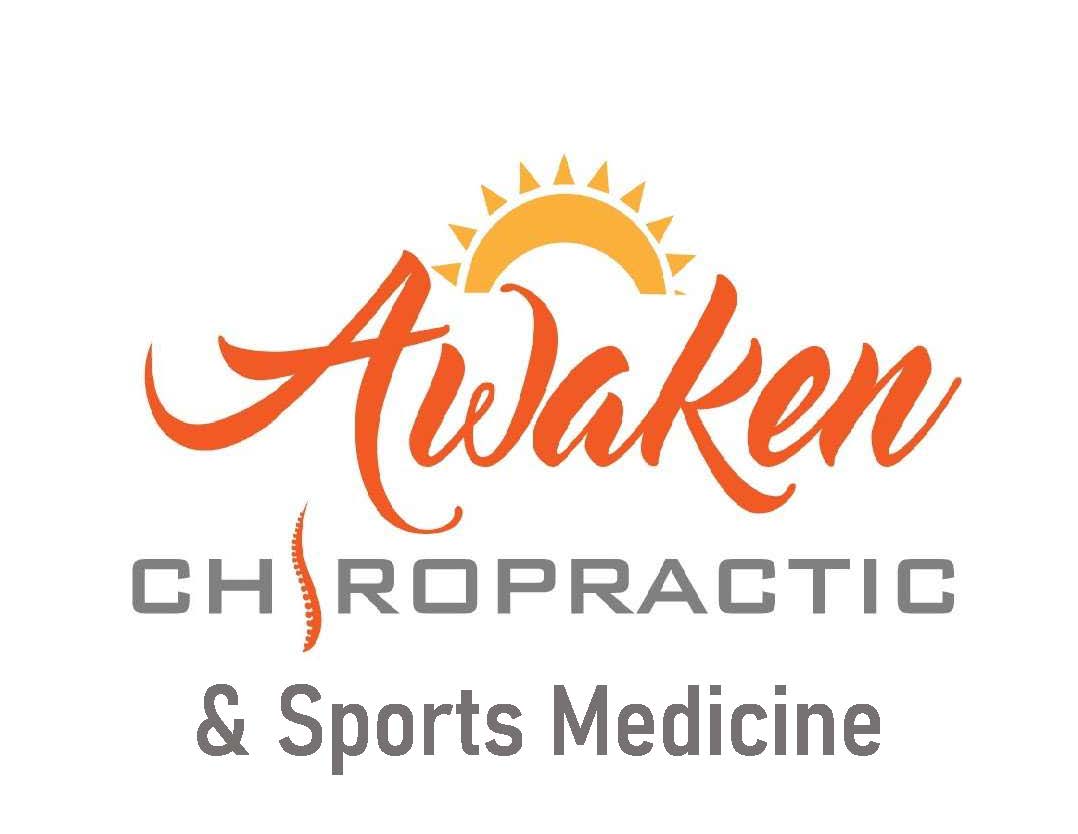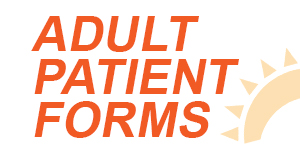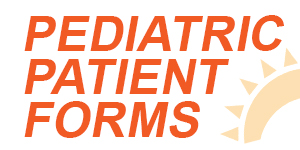Presumably, at one point or another, you’ve had an experience with a herniated disc. Maybe a family member or friend suffered from one, or may you’ve had one yourself. But what exactly is a herniated disc? How is a herniated disc treated?
In this article, we will review this topic and demonstrate how chiropractic care can provide relief for those suffering from slipped discs.
What is a Herniated Disc?
A herniated disc, also known as a slipped disc, herniated nucleus pulposus, and other names, is an injury that occurs within the spine. They are extremely common in the general population and can occur throughout any portion of the spine.
That being said, however, the lumbar spine (the low back) is the most common region in which discs can herniate. The cervical spine (the neck) is the second most common region, followed by the thoracic spine, or mid-back. The lowest portions of the spine, the sacrum and coccyx, are fused, so discs can’t move in this region.
Between each of the spinal segments are fluid-filled discs that provide padding and support between the vertebrae.
When a person sustains a traumatic injury (or sometimes just for no apparent reason), these discs can move out of their central location and may even pinch some of the nearby spinal nerves. When this happens in the low back, it will often lead to the classic symptoms of sciatica, which include radiating pain down the leg, and weakness in the foot.
If a disc herniates in the cervical spine and pinches a nerve, radiating pain and weakness can be experienced in the arm or hand.
How to Fix a Herniated Disc
Across medical disciplines, there are many different theories on how to fix a herniated disc. Traditionally, surgeons will often cut out a portion of the disc to relieve the pressure on the nerve in question. Alternatively, doctors may prescribe medication, encourage the patient to rest, and hope that the disc heals and returns back to its normal position without intervention.
Chiropractors take a more comprehensive approach in treating this condition.
Chiropractic treatments for herniated discs will often include spinal manipulations and specific exercises designed to encourage the disc to move back to the center of the spinal segment.
Exercises for herniated discs (specifically in the low back, the most common area to experience the issue) will often focus on extension-based movements. The theory behind extension to treat herniated discs is based on the thought that spinal discs are somewhat like a “jelly donut” and when you open up space for them to move, they will squeeze into said area.
When used as part of a comprehensive chiropractic plan of care, manipulations and exercises can serve to keep the spine healthy and return the discs to their correct positions.
Traction is another example of an effective, safe, non-surgical treatment that may be used by your chiropractor to treat a herniated disc. Traction can be performed manually (through the chiropractor’s hands), with a traction machine, or with some specific positioning and exercises. This treatment serves to separate the spinal segments slightly, and, similar to how manipulation and extension exercise encourage the disc to move back to the center, allow space for the disc to return home.
If you’ve suffered from a herniated disc or any other condition, your Parker chiropractor at Awaken Chiropractic would love to help you today! The professionals at Awaken Chiropractic know everything there is to know about herniated discs and can assist you in recovering from your injury quickly.
Ready to get started? Book your appointment today.






